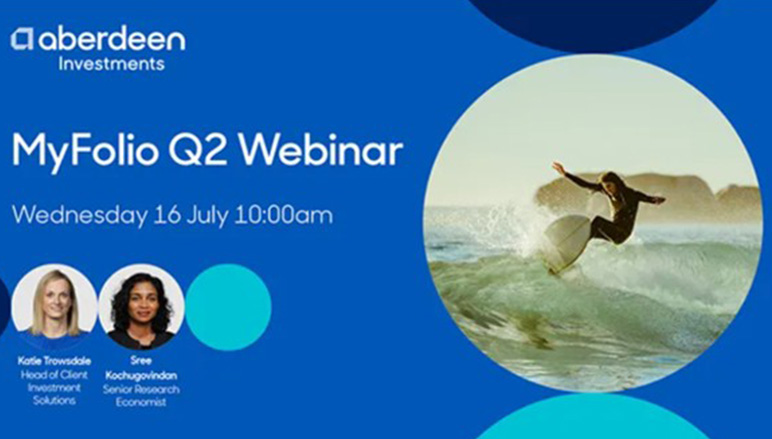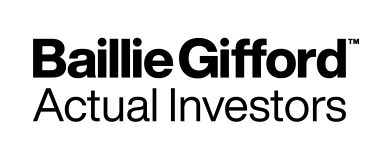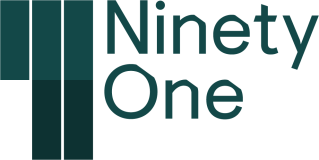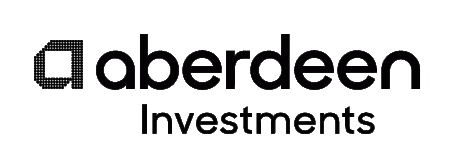Retirees need income solutions that can provide spending confidence through retirement, says Jason Borbora-Sheen, co-Portfolio Manager, Ninety One Diversified Income Fund.
With the average UK life expectancy now 82, one of the greatest challenges facing people living in the UK is the ability to fund a 30+ year retirement, while ensuring that their pension pot can support their expected standard of living.
Future retirees need income solutions that can provide spending confidence through retirement. It is important to avoid not only drawing down assets at an unsustainable rate, but also underspending out of fear of outliving the pension pot. Decumulation strategies are steadily attracting attention; they delay the need to fully annuitise savings, but still provide an income stream while remaining invested, allowing the best chance of retaining some capital to eventually purchase an annuity or leave a legacy to loved ones.
Understanding the relationship between assets, income and retirement goals is key. As we are living longer, in what is a historically low interest rate environment, flexibility is also required in the decumulation stage.
To ensure a successful decumulation strategy in retirement, we encourage investors to consider three core elements.
1. Withdrawing a sufficient and sustainable income
During the decumulation phase of retirement, investors effectively convert a portion of their assets into income based on a ‘withdrawal rate’. It is important to determine a sustainable withdrawal rate (SWR) that prevents any income taken from fully exhausting the pension pot, thereby retaining the ability to purchase an annuity during a later stage of retirement.
While there is no uniform solution to finding the correct withdrawal rate for an individual investor, we would argue that a sufficient income can be best achieved by investing across a diverse range of asset classes. In order to achieve a sustainable income, we believe investors should avoid aggressively chasing yields which can put capital at risk, and instead focus on resilient and natural yields that are backed by robust business models.
2. It's imprudent to be too prudent: decumulation strategies require a growth engine
Contrary to conventional wisdom, if an investor wants to take income withdrawals, we believe decumulation strategies require a strong growth engine to avoid the pension pot running dry. To us, growth assets include all those with a positive correlation to equities, such as high yield corporate bonds, emerging market debt and listed property.
Traditional fixed income assets, such as developed market sovereign bonds, can no longer be relied upon to provide the decent levels of sustainable income achieved historically. The policy response to the coronavirus pandemic has seen absolute yields on government bonds plummet, dragging down yields on other defensive assets. Even though yields have recently increased on the prospect of a post-pandemic economic recovery and the perceived threat of rising inflation, they remain at historically low levels.
Nevertheless, compelling returns can still be earned across a range of asset markets and securities, and most notably from those assets classified as growth. While we think it is important to always have a balance, by having a growth engine and accessing the relatively higher income and capital growth potential available from growth assets, a retiree could expect to receive a higher level of income over ten years than if they relied on defensive assets alone. It is however paramount to acknowledge that growth assets are not without risk and investors may wish to consider a strategy which strikes a balance between achieving compelling total returns and portfolio volatility.
3. Focus on lower volatility to avoid the worst of market drawdowns
Sequencing risk refers to the danger associated with the ‘sequence’ in which returns are generated and withdrawals are made from a portfolio. The risk is highest in early years of decumulation when the portfolio value and time horizon are at their greatest. Unsurprisingly, withdrawals in bear markets are worse than in bull markets given the retiree takes a proportionally bigger bite out of a shrinking balance.
Thus, sequencing risk is to a certain extent a matter of luck, but it threatens the preservation of capital and its ability to underpin a sustainable income drawdown. Sharp drawdowns can be particularly harmful to investors with nearer-term horizons such as retirees.
Inherently lower portfolio volatility is key for decumulation strategies. We believe it effectively acts as ‘hidden alpha’ as it can help generate greater levels of income because it allows sequencing risk to be managed more effectively.
We view active management as a crucial factor in dynamically adapting risk within an investment portfolio to account for changing market conditions, but without sacrificing income – a necessity for those in retirement. Such versatility is important given that retirees need to withdraw income irrespective of the market environment.
CHECKLIST
While investors approaching retirement have significant freedom and choice, coupled with a plethora of potential headwinds to consider – this can be overwhelming. By considering this three-point checklist – determine and source a sustainable withdrawal rate; use ‘growth’ assets to avoid the pot running dry; focus on lower volatility to avoid the worst of market drawdowns - we believe investors will be better placed to enjoy, rather than endure, their retirement.
How is this achieved in practice?
To find out how we apply a defensive approach, with growth, read more about our three-point checklist that an investor should consider in order to source a sustainable level of income while reducing the need to withdraw from their underlying pot of capital: https://ninetyone.com/RetirementChecklist
The value of an investment can fall as well as rise and isn’t guaranteed. Your client could get back less than they invest.
Performance and volatility targets are subject to change and may not necessarily be achieved, losses may be made. Past performance is not a reliable indicator of future results. The amount of income may rise or fall. The Fund may invest more than 35% of its assets in securities issued or guaranteed by a permitted sovereign entity, as defined in the definitions section of the Fund’s prospectus.
Article taken from Hub News Summer Issue 48
Important information
This is an advertising communication for institutional investors and financial advisors only, and not for public distribution.
Ninety One has prepared this communication based on internally developed data, public and third party sources. Although we believe the information obtained from public and third party sources to be reliable, we have not independently verified it, and we cannot guarantee its accuracy or completeness. Ninety One’s internal data may not be audited. Ninety One does not provide legal or tax advice. Prospective investors should consult their tax advisors before making tax-related investment decisions.
This communication is not an invitation to make an investment nor does it constitute an offer for sale. Any decision to invest in the Fund should be made after reviewing the full offering documentation, including the Prospectus, which sets out the fund specific risks. Fund prices and copies of the Prospectus, annual and semi-annual Report & Accounts, Instruments of Incorporation and the Key Investor Information Documents may be obtained from www. ninetyone.com. Except as otherwise authorised, this information may not be shown, copied, transmitted, or otherwise given to any third party without Ninety One’s prior written consent. © 2021 Ninety One.









